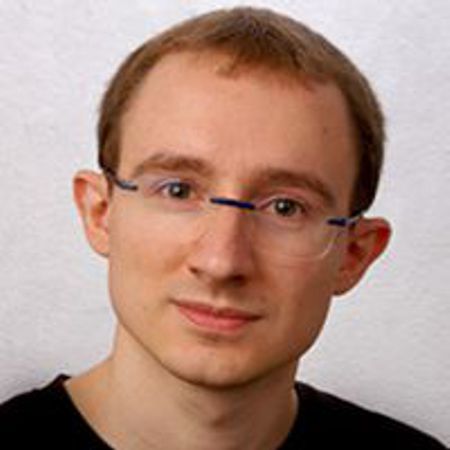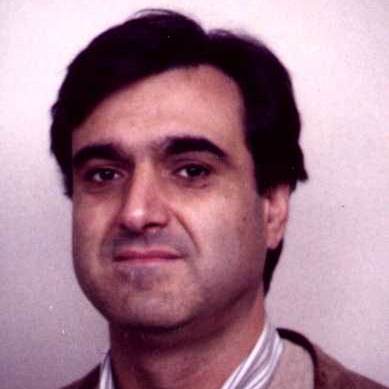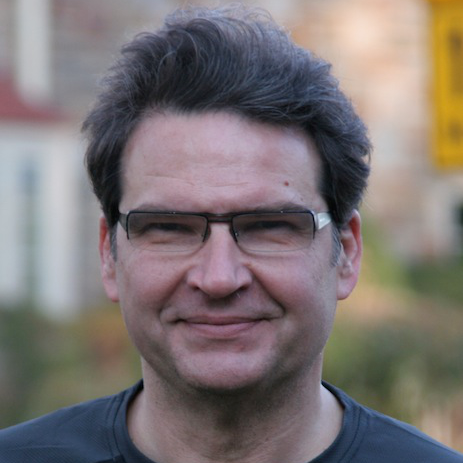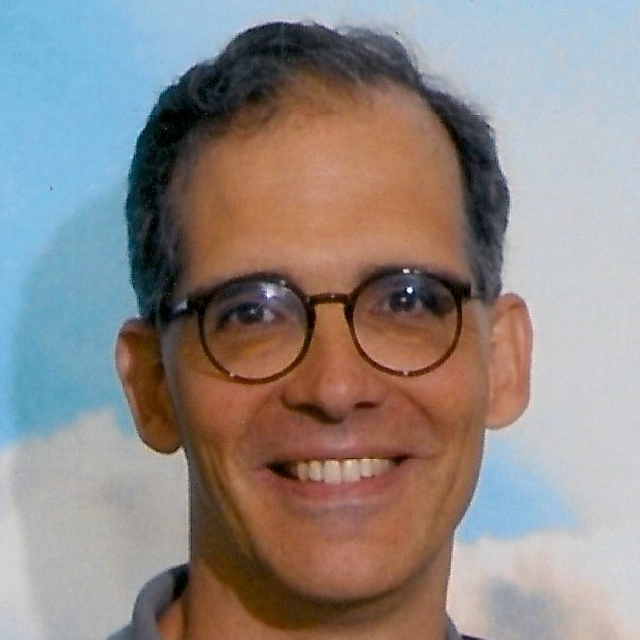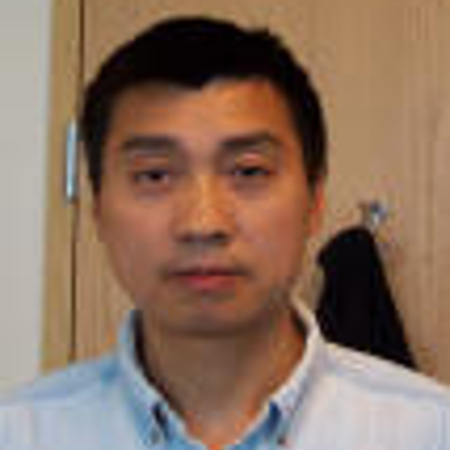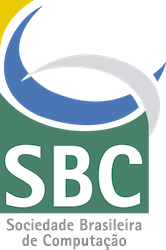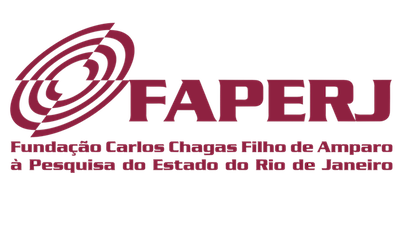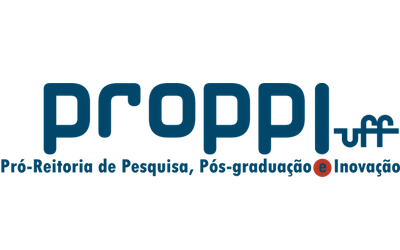Invited Speakers
Generalized Tangent Vector Fields
Tangent vector fields (and their generalizations) play an important role in geometry processing applications, including texture synthesis, parametrization, deformation, and remeshing. In this talk, I will present recent tools for computing these fields at interactive rates, while following user-defined directional constraints. Tangent vector fields enriched with additional properties have immediate practical applications: singularity-free fields can be used to digitally restore damaged historical documents, curl-free fields are gradients of global parametrizations, which can be designed in an intuitive and interactive way, and conjugate fields naturally represent planar tessellations, which are ideal to design glass and steel buildings.
Short Bio
Daniele Panozzo is an Assistant Professor of Computer Science at the Courant Institute of Mathematical Sciences in New York University. Prior to joining New York University (NYU) he was a postdoctoral researcher at ETH Zurich (2012-2015). He earned his PhD in Computer Science from the University of Genova (2012) and his doctoral thesis received the EUROGRAPHICS Award for Best PhD Thesis (2013). Daniele?s research interests are in digital fabrication, geometry processing, architectural geometry and discrete differential geometry. He received the EUROGRAPHICS Young Researcher Award in 2015 and his work has been covered by Swiss National Television and various national and international printed media. Daniele is leading the development of libigl, an award-winning (EUROGRAPHICS Symposium of Geometry Processing Software Award, 2015) open-source geometry-processing library that supports academic and industrial research and practice.
Full Contact - Beyond 2D Interactive Surfaces
We live in a post-WIMP world. Indeed, more and more users access information, communicate with and operate on interactive surfaces foregoing the still common mouse and keyboard of yonder. However, no matter how powerful or elegant the new mobile devices are, touching as a user interface no longer suffices. I will look at interactive systems and their applications to virtual environments, collaboration and graphical modeling. Multimodal user interfaces currently engage people using images, video and sound but virtual environments further need to take more advantage of our senses through spatial audio, haptics and many other novel and exciting communication modalities. In this lecture, I will address these issues in the context of current research and foreseeable developments in collaboration and interaction with multiple surfaces, both proximally and from a distance.
Short Bio
Joaquim Jorge is Full Professor of Computer Graphics and Multimedia at the Departamento
de Engenharia Informática do Instituto Superior Técnico da Universidade de Lisboa in Lisbon,
Portugal, and Scientific Coordinator of the Research Group on Visualization and Multimodal
Interfaces of the Institute for Computer and Systems Engineering INESC-ID. He was Visiting
Assistant Professor at the Technical University of Darmstadt in 1999 and has been Adjunct
Professor with the Computer Science Department of the University of Calgary since 2006. He
was a Visiting Professor at the Tech. Univ. of Vienna in 2012.
He received a Bach. Science in Electrical Engineering (Major in Telecommunications), from
Instituto Superior Técnico (IST), Lisboa 1984 and MSc (1992) and PhD (1994) degrees in
Computer Science from Rensselaer Polytechnic Institute, Troy, NY. He received his
Habilitation in Computer Graphics from IST, Technical University of Lisbon in 2002.
A pioneer of Computer Graphics, he first joined Eurographics (EG) in 1986 and
ACM/SIGGRAPH in 1989. He was a member of the EG Publications Board from 1997 to 2000
and was elected member of the EG Executive Committee from 2000 to 2006. Dr. Jorge is the
ACM/SIGGRAPH Small Conferences Committee Chair since 2014. He was ACM/SIGRAPH
Education Committee Member from 2002 to 2011. He received the International Federation
for Information Processing (IFIP) Silver Core Award for services to Technical Committee 13
(Human-Computer Interaction) in 2014, Best Paper Award at VS-Games Conference (2013),
Ivan Petrovic Best Paper Award in Computer Aided Architectural Design in Europe (eCAADE),
2012 and the Best Paper Award of IEEE Computer Graphics and Applications in 2012. Since
2007, he is Editor-in-Chief of the Computers & Graphics Journal (Elsevier). He served on other
journals including ERCIM News, Computer Graphics Forum 2001-2007, International Journal
of Virtual Reality 2007-2011, Journal of WSCG since 2007 and serves on the Committee on
Publication Ethics since 2009. He was elected to the ACM Europe Council in 2015.
He was Proposal Evaluator of NSF ITR Program from 2001 to 2003. Among others he served
as Program Co-Chair of the ACM Conference on Intelligent User Interfaces in 2012 and has
served on the Steering Committee of Shape Modeling International since 2010 as well as
serving on the program committees of 175 other international conferences, including many
sponsored by ACM: ITS (2013-2015), IUI 2004-2008, 2014-2015; SIGGRAPH Asia 2012 Tech.
Briefs; MobileHCI 2010 (Associate Chair) and Hypertext 2003, 2008.
He was Invited Speaker at many venues, including Visual Computing Trends Symposium in
2013, (Vienna), the Spring Conference on Computer Graphics (Smolnice, Slovakia 2015) and
the Expressive Modeling talk at the Collège de France in Paris (2015). He is an IEEE Senior
Member since 2001, and became ACM Senior Member in 2007. He was elevated to Fellow of
the Eurographics Association in 2010.
Dr. Jorge's research areas include Visual Computing, Geometric Modeling, Visualization and
Intelligent Multimodal Interfaces and Pattern Recognition. He has been working on
Calligraphic Interfaces for Geometric Modeling and Collaborative Approaches to Design Review.
He is (co-)author of two books, edited 14 others, and published over 40 peer-reviewed articles
in international journals as well as 150+ conference papers. He is fluent in English,
Portuguese, French and Spanish.
Learning 3D Human and Object Pose
Computer vision has been very successful in extracting 3D shape and pose from multiple views or from depth sensors. Today, though, we have an abundance of 2D images as well as an increasing amount of 3D exemplars. In this talk, I will present results on 3D reconstruction for given class of shapes: humans or object categories. 3D shape is encoded with keypoints and new instances of a class can be encoded as sparse representations from a shape dictionary if we correctly detect these keypoints in images. Such keypoints can be detected and localized with Convolutional Neural Networks whose output are probabilistic distributions of 2D keypoints. By considering them as latent variables, we can extract 3D shape and pose using Expectation-Maximization. We ask then the question: whether such a two-step approach could be improved by an end-to-end learning of the 3D shape from images. Indeed, it turns out that a coarse-to-fine approach in depth beats the two-step estimation and advances the state of the art. We show applications of class-based reconstruction using airborne images of humans in motion. This is joint work with Xiaowei Zhou, George Pavlakos, Kosta Derpanis, Menglong Zhu, and Spyros Leonardos.
Short Bio
Kostas Daniilidis is the Ruth Yalom Stone Professor of Computer and Information Science at the University of Pennsylvania where he has been faculty since 1998. He is an IEEE Fellow. He was the director of the interdisciplinary GRASP laboratory from 2008 to 2013, Associate Dean for Graduate Education from 2012-2016, and Director of Online Learning since 2016. He obtained his undergraduate degree in Electrical Engineering from the National Technical University of Athens, 1986, and his PhD (Dr.rer.nat.) in Computer Science from the University of Karlsruhe, 1992, under the supervision of Hans-Hellmut Nagel. He was Associate Editor of IEEE Transactions on Pattern Analysis and Machine Intelligence from 2003 to 2007. He co- chaired with Pollefeys IEEE 3DPVT 2006, and he was Program co-chair of ECCV 2010. His most cited works have been on visual odometry, omnidirectional vision, 3D pose estimation, 3D registration, hand-eye calibration, structure from motion, and image matching. Kostas? main interest today is in deep learning of 3D representations, data association, event-based cameras, semantic localization and mapping, and vision based manipulation.
Interval Methods for Computer Graphics and Geometric Modeling
I'll give a brief survey of the use of interval methods in computer graphics. I'll discuss the application of interval and affine arithmetic to problems in rendering and modeling, such as the approximation of implicit curves and surfaces; the computation of offsets, bisectors, and medial axes of parametric curves; ray and beam casting of implicit surfaces; hierarchical approximation of parametric curves; and the intersection of parametric surfaces.
Short Bio
Luiz Henrique de Figueiredo is a professor at IMPA, the Institute of Pure and Applied Mathematics in Rio de Janeiro, and a member of Visgraf, the Vision and Graphics laboratory. His main research interests are in computational mathematics, mainly numerical methods for geometric modeling and computer graphics, and especially applications of interval methods using affine arithmetic. He is also interested in programming languages and is one of the designers of the Lua programming language.
Visual Understanding with RGB-D Sensors and its Applications in a Collaboration Environment
I'll talk about how advances in visual understanding can enable novel visualization and interaction techniques in acollaborative environment. The application scenario involves augmenting a large touch display with a RGB-D sensor for both immersive communication between two remote sites and collaboration among co-located people. On one hand, person detection and tracking, gesture and action recognition, and person identification can be leveraged to develop communication and collaboration systems that are more intelligent and immersive. On the other hand, there are serious limitations in the existing sensors and algorithms. I'll give an overview on the progress of RGB-D based action recognition, and dive deeper into the problem of person re-identification and show how we learn depth features for person re-identification that are robust to illumination variations and less sensitive to cloth changes.
Short Bio
Zicheng Liu is a principal researcher at Microsoft Research, Redmond. His current research interests include human activity understanding, face modeling and animation, and human computer interaction. He received a Ph.D. in Computer Science from Princeton University, a M.S. in Operational Research from the Institute of Applied Mathematics, Chinese Academy of Science, and a B.S. in Mathematics from Huazhong Normal University, China. Before joining Microsoft Research, he worked at Silicon Graphics as a member of technical staff. He co-authored three books: "Face Geometry and Appearance Modeling: concept and applications", Cambridge University Press, "Human Action Recognition with Depth Cameras", Springer Briefs, and "Human Action Analysis with Randomized Trees", Springer Briefs. He was a technical co-chair of 2010 and 2014 IEEE International Conference on Multimedia and Expo, and a general co-chair of 2012 IEEE Visual Communication and Image Processing. He is the Editor-in-Chief of the Journal of Visual Communication and Image Representation. He is a member of the Steering Committee of IEEE Transactions on Multimedia. He was a distinguished lecturer of IEEE CAS from 2015-2016. He is the chair of IEEE CAS Multimedia Systems and Applications technical committee, and a fellow of IEEE.
